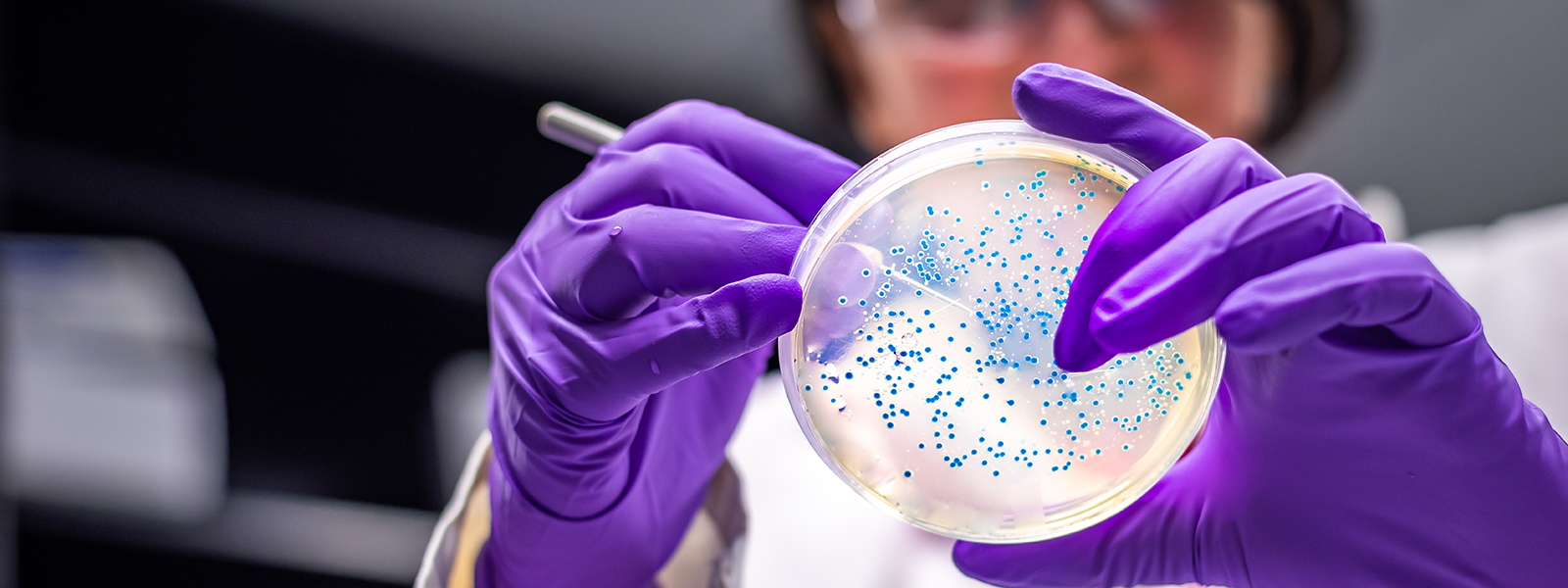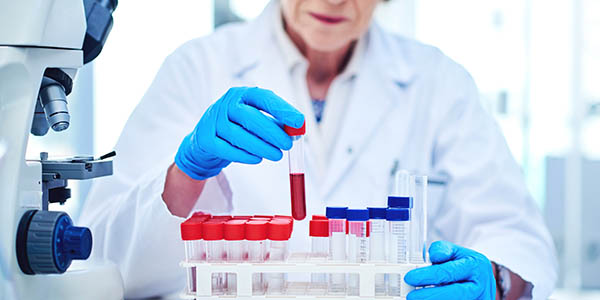Targeting resistant bacteria through testing
Dr Damion Corrigan, Dr Stuart Hannah, and Professor Will Shu from the University of Strathclyde’s Department of Biomedical Engineering and Professor Paul Hoskisson from Strathclyde Institute of Pharmacy & Biomedical Services (SIPBS) collaborated with the Royal Alexandra Hospital on the Microplate project. The team developed a low-cost, efficient diagnostic test to detect antibiotic resistance in less than 45 minutes.
The World Health Organization estimates that over half of antibiotics in many countries are administered inappropriately: either by the use of the drugs to treat viruses (antibiotics only treat bacterial infections), or by patients being prescribed the wrong antibiotic. The overuse or misuse of these drugs results in antimicrobial resistance (AMR) where common antibiotics become ineffective against the growth of microorganisms like bacteria and fungi. To tackle AMR effectively, better diagnostic testing and new technologies are needed to assess the effectiveness of antibiotics and confirm which variety to prescribe for an infection. Currently, NHS laboratory testing of samples can take up to two days to achieve a positive result, but Microplate would allow doctors to identify and prescribe the correct, narrower spectrum antibiotics for an infection within an hour.

Dr Corrigan and his team were awarded a Longitude Prize Discovery Award for the Microplate project in 2017 to help develop their concept, as well as funding from the Medical Research Council’s ‘Confidence in Concept Scheme’. The University of Strathclyde has backed the work by filing an initial patent and efforts are now being made to find routes to commercialisation.
Next steps include developing the technology from a bespoke university laboratory approach into a generic prototype which can be tested in clinical settings with real patient samples. With commercial backing, a future device could be envisaged for use at a GP’s surgery, on intensive care wards, and at the neighbourhood pharmacy – allowing doctors and healthcare professionals to access vital diagnostic information so they can prescribe the right drug at the right time.



